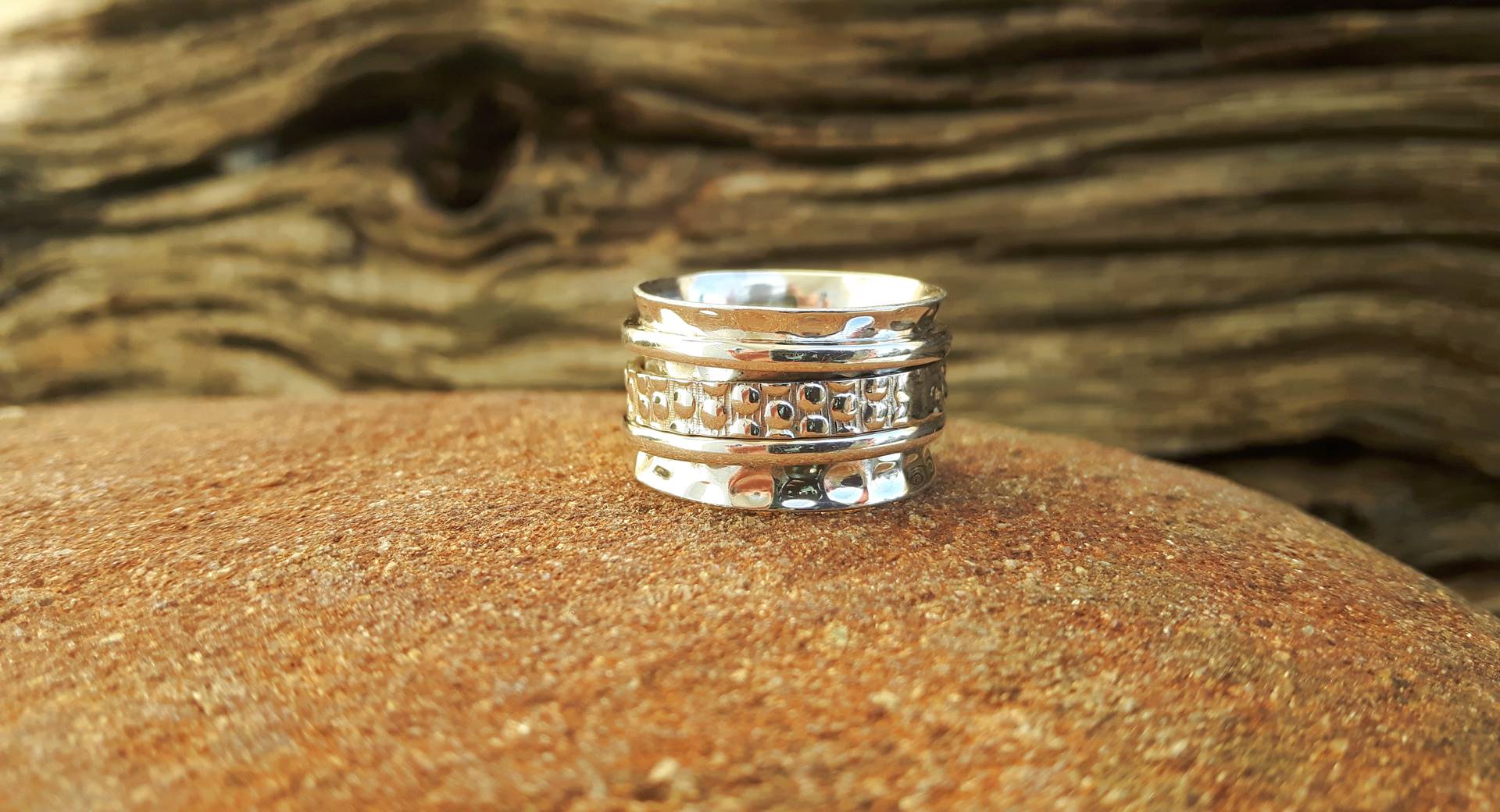Lapis lazuli, properties and virtues
Lapis lazuli is a semi-precious stone with a deep blue color, sometimes mottled with white (calcite) or golden glitter (pyrite). The use of lapis lazuli dates back more than 6500 years! Loved by the Egyptians, Babylonians, Chinese, Greeks and Romans, this deep blue stone has been used in the finest works of art throughout the ages. One of its most famous uses is in King Tutankhamun's death mask. One of his successors, Cleopatra, used ground lapis lazuli as eye shadow. Marco Polo wrote about lapis lazuli mining in 1271.
In the Middle Ages, painters ground lapis lazuli to make the dark blue paint known as "ultramarine", the blue used to paint the dresses of Mary of Nazareth on the walls and ceilings of churches, including the Sistine Chapel. In South America, pre-Columbian cultures, including the Incas, carved, traded, and fought over lapis lazuli from the mines of Argentina and Chile.
lithotherapy
Since the dawn of time, lapis lazuli has been associated with strength and courage, royalty and wisdom, intellect and truth. In ancient Egypt, lapis was powdered and worn around the eyes to improve eyesight. Today, it is considered by some to help balance the brow chakra (which influences vision and hearing). Imbalances of the frontal (or blue) chakra are said to cause headaches, anxiety, and skin disorders.
Lapis lazuli is also a symbol of cheerfulness and harmony. It is a stone of love and friendship, which creates an aura of tenderness and sympathy around its owner. Lapis is particularly recommended for nervous people, on whom it has a calming action.
Anecdote
The two-part name for this stone comes from two different cultures: lapis is a Latin word meaning "stone", while lazuli comes from the Persian word lazhuward, meaning "blue".
Stones and chakras
Lapis lazuli can be used on the third eye and forehead chakra. Applied to the 3rd eye chakra, it solicits intellectual properties and intuition.
Maintenance of lapis lazuli
Lapis lazuli has a hardness of 5 to 6/10, 10 being the hardest stone, diamond. It is a natural stone quite sensitive to shocks.
To maintain your lapis lazuli stones, simply wash them with clear water. Professional ultrasonic cleaning from jewelry stores is not recommended for this semi-precious stone.
Lapis lazuli has a medium hardness, which makes it harder than many other popular stones, but more fragile than many transparent gemstones. Lapis is sensitive to pressure, heat, and household cleaners. Clean the lapis with warm soapy water. Wipe dry with a soft cloth and store dry, in a bag or box where the lapis can't get scratched or scratched by other jewelry.
Lapis lazuli jewelry & fair trade
Omyoki offers handmade lapis lazuli jewelry, created in collaboration with our artisan-partners in India. Original creations, in limited editions, and sometimes in unique pieces. This video puts in image, this history of know-how and craftsmen.
Each workshop was visited, to check the working conditions, the quality of life and the fair remuneration of the craftsmen. A personal relationship has been established with each artisan, around countless teas and spending hours chatting, as it should be in Asian countries.
